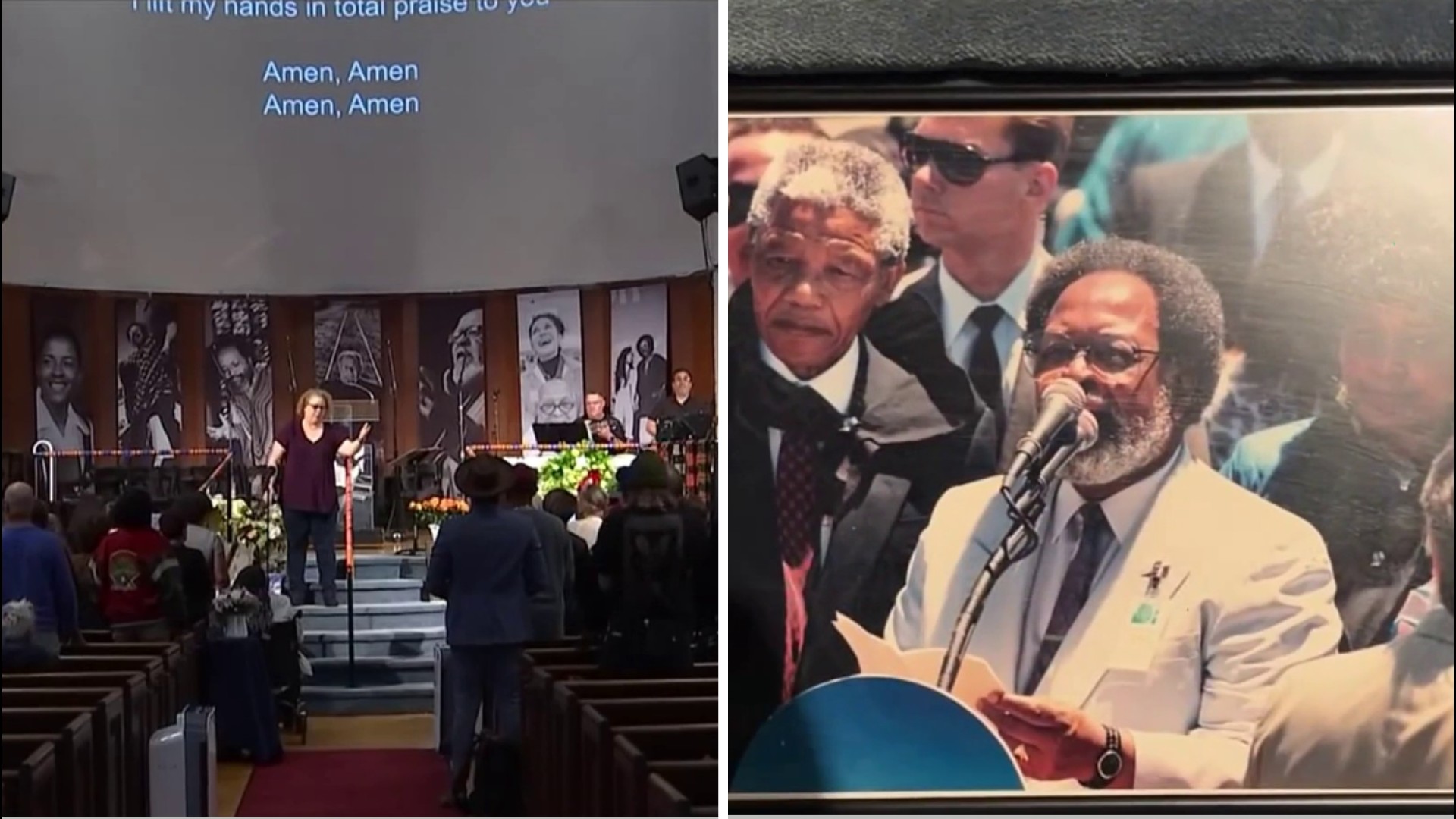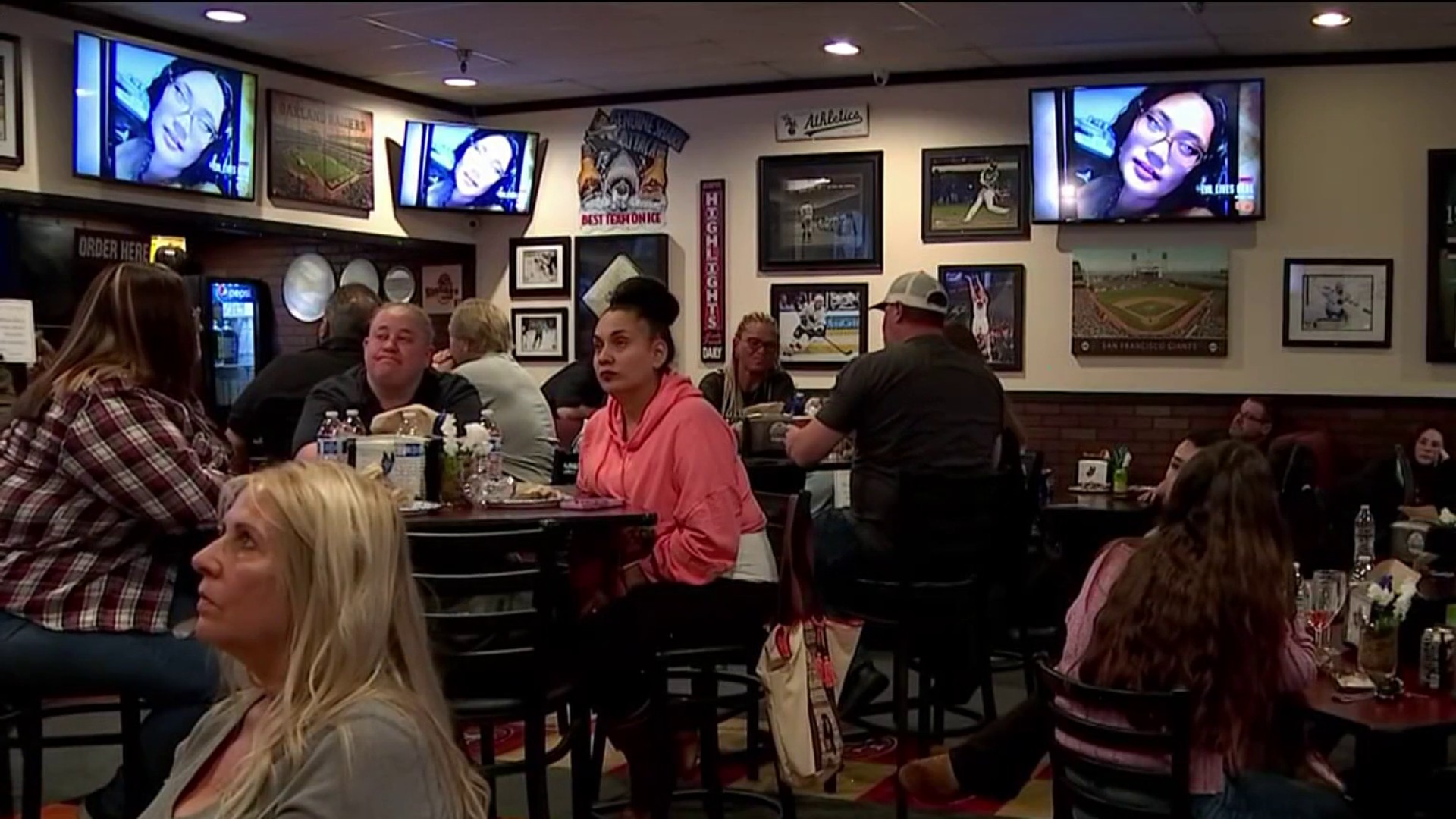Transbay terminal officials said Thursday that the weld access holes suspected of triggering cracks in giant steel beams on the $2.2 billion project had passed muster during what they called “extraordinary” and elaborate inspections covering every aspect of the design and execution.
At a briefing before the project governing board, Transbay officials detailed those quality control and assurance efforts. They included more than 20,000 inspections that identified and rectified more than 2,000 problems.
The holes, which were cut with welding torches, were approved during those inspections, Transbay project manager Ron Alameida told the board, assuring officials the investigation into what caused the cracks is nearing completion.
“We will leave no stone unturned before we place a definitive statement as to what was the definitive issue,” he said.
NBC Bay Area’s Investigative Unit was the first to pinpoint the rectangular weld access holes as a likely source of the cracks. Tests on steel samples taken from the base of the beam around the holes showed micro-cracks along the rough edges of the openings.
Those small cracks can lead to bigger fissures, experts say, and welding code calls for rough surfaces to be ground smooth.
The independent engineer who reviewed the design on the project says the holes were not part of the original design that was subjected to extensive structural and seismic evaluation.
Local
“You never like sharp edges and notches and things like that,’’ said Loring Wyllie, a San Francisco based structural engineer. “When you are dealing with welds, you like everything nice and smooth and rounded.”
Transbay board member Michael Hursh, the director of AC Transit, had trouble understanding how the holes could pass muster during the quality control process.
“What I heard today was that it looks like (quality control and quality assurance) was done on the hole, and that it met code,” he said to project manager Alameda.
“You don’t have to answer now, but something broke down,” in the project, he said, adding: “Before the matter is closed for me, I would like to see, in black and white, what failed, and if it is the hole and how many other places on the structures are there similar holes.”
Wyllie, who oversaw the review of the design, says those holes could have been eliminated entirely with better design.
“I think it could have been done better, probably,” he said.
After the meeting, Transbay executive director Mark Zabaneh still could not account for how the problem was missed during all the inspections and “robust” oversight.
“We found it to be robust, but….we do have two cracked beams,” he said. “Something went wrong. And it is something we are going to be further investigating to see exactly what happened.”



